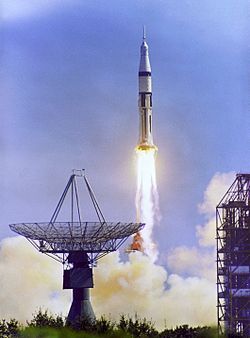Space Launch Complex 34 – Biking Through Space Ruins – Part 2 – From Tragedy to Triumph!
I would routinely ride my bike to Space Launch Complex 34 to visit the beach and ride up on the Launch Site and pay my respects to the fallen Astronauts of Apollo 1. NASA and the Cape Canaveral Space Force Station have done tremendous job of making the launch site a memorial to those fallen hero’s: Gus Grissom, Ed White and Roger Chaffee.
Tragedy at Launch Complex 34 – Apollo 1…
Apollo 1 was planned to be the first manned mission of the Apollo Program. But due to a tragic cabin fire during a rehearsal test at The Cape on January 27th, the fire killed all three members of the crew.
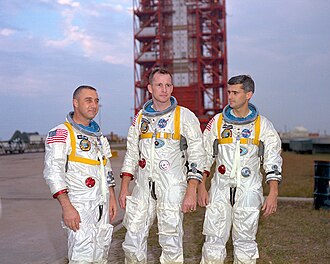
Crewed Apollo flights were suspended for twenty months while the command module’s hazards were addressed.
…to Triumph of Apollo 7
The first successful crewed Apollo mission was flown by Apollo 1’s second backup crew (Wally Schirra, Donn Eisele and Walter Cunningham) on Apollo 7 in October 1968. Apollo 7 fulfilled Apollo 1’s mission of testing the Command and Service Module in LEO (low Earth orbit) and provided necessary steps and procedures towards NASA’s goal of landing astronauts on the Moon.
Apollo 7 was the last time Launch Complex 34 was used and NASA considered reactivating the launch side for the Apollo Applications Program (A NASA Program that was going to develop science-based Human Spaceflight missions using hardware developed for the Apollo Program) but instead Launch Complex 39 was modified to launch Saturn 1B’s.
Launch Complex 34 Today
Today Launch Complex 34 consists of the LC-34 Blockhouse, the Launch Platform Mount standing at the center of the Pad, Flame Defectors and some other minor structures scattered around the launch site. And there is a memorial to the fallen astronauts up on the Pad Surface.
As I approached LC-34 on my mountain bike you first encounter the Blockhouse – looking quite pristine and in good shape at the base of the Launch Pad.
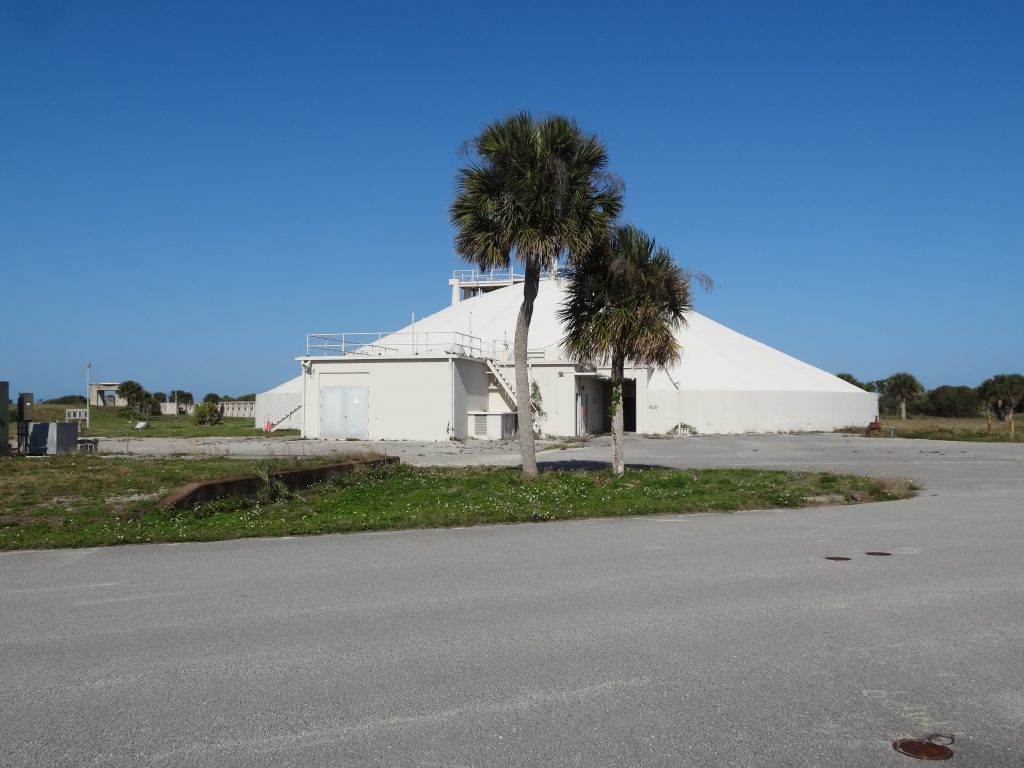
Biking up closer to the Blockhouse you can see the Blast Door and and entrance to the Blockhouse.
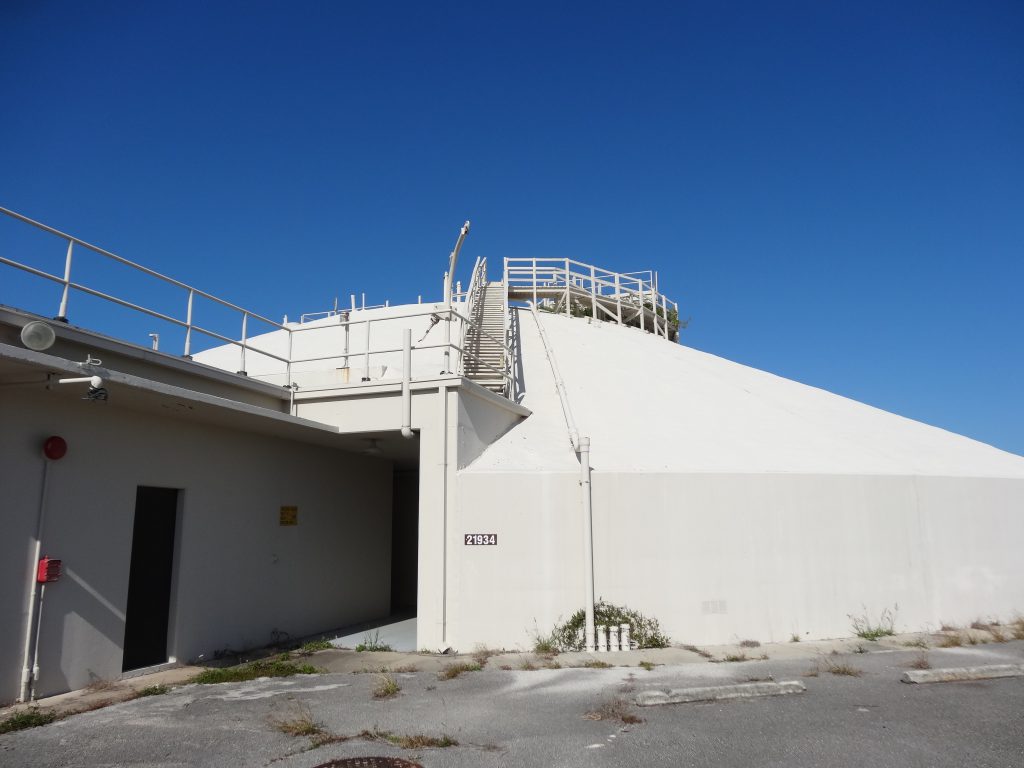
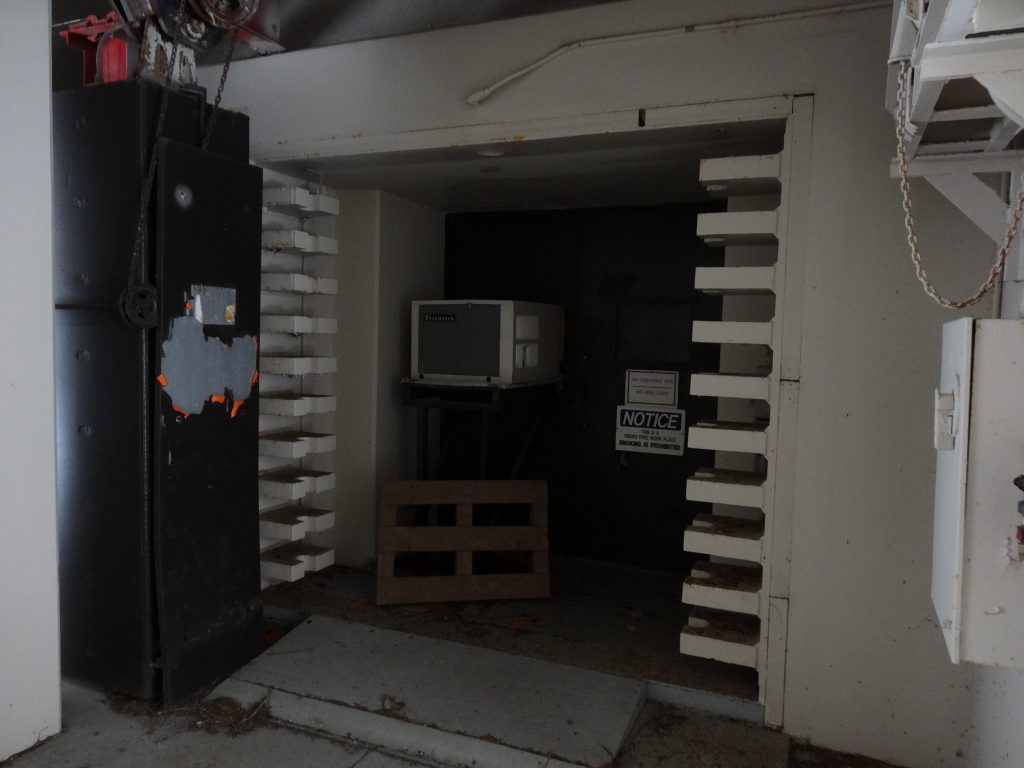
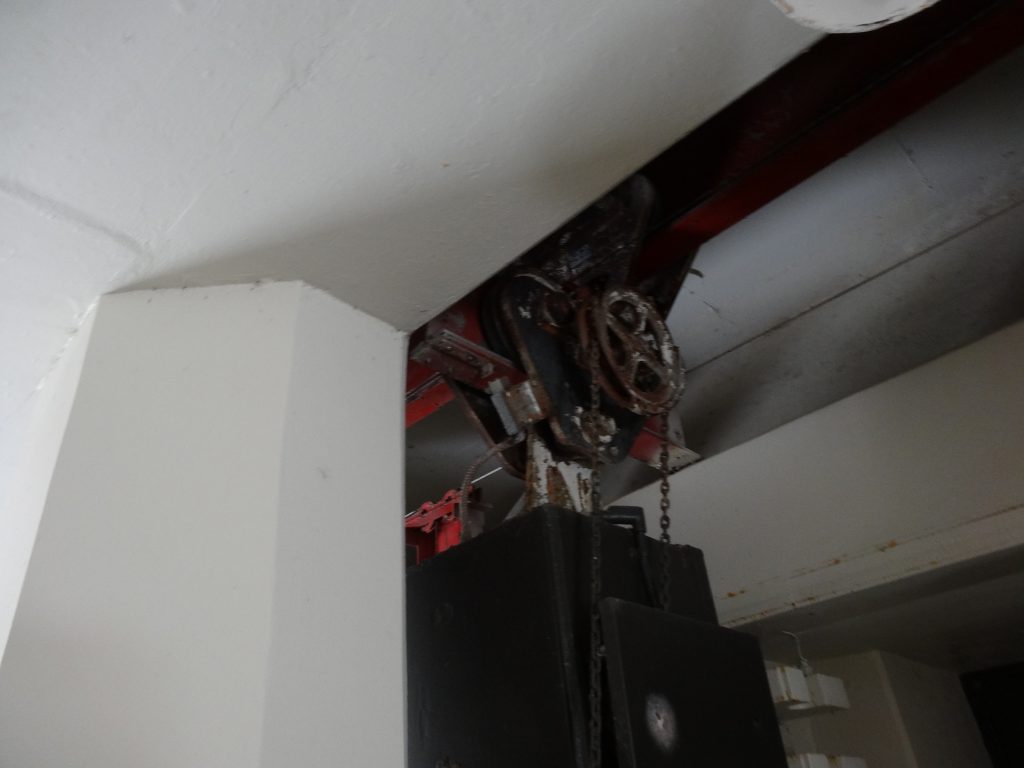
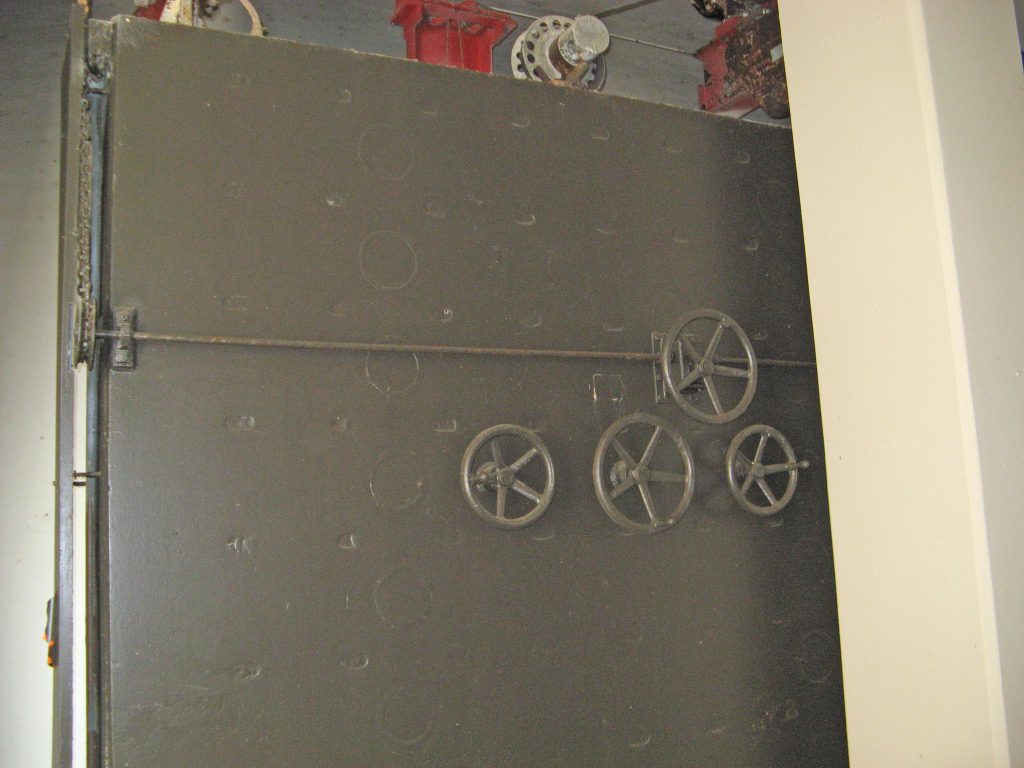
Launch Complex 34 Pad Surface
From this location, I could my mountain bike around the Pad perimeter and approach the Pad surface via an access road located at several locations around the Pad.
Once up on the Pad Surface, the first thing you notice is the Launch Mount as it stands today.
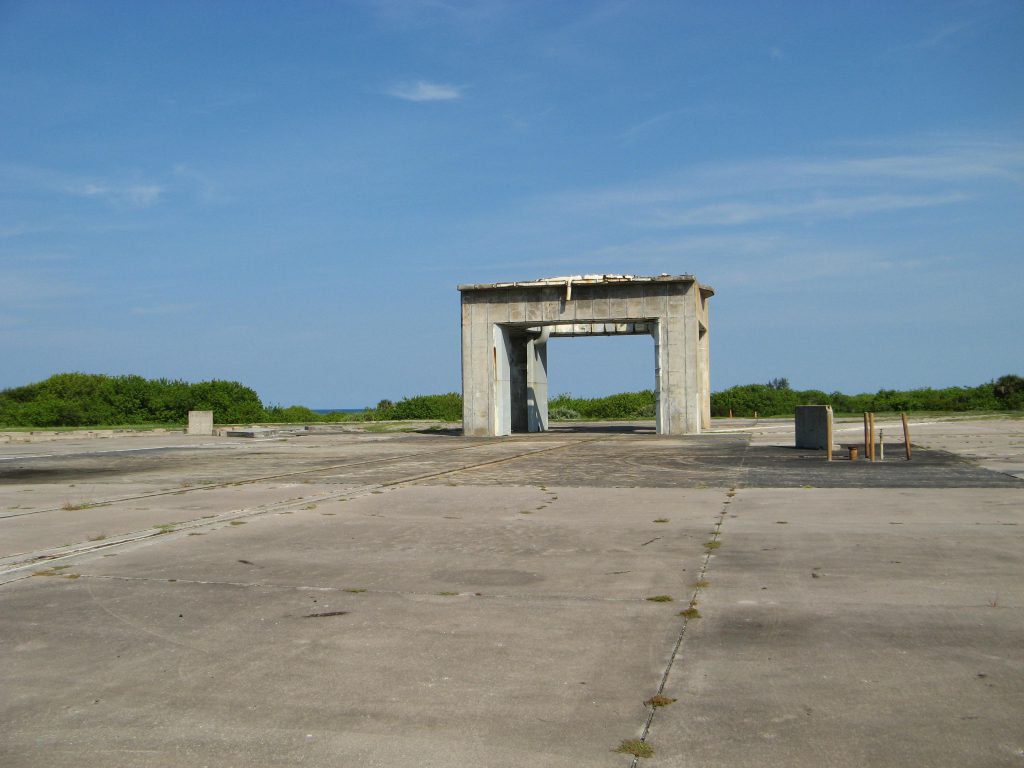
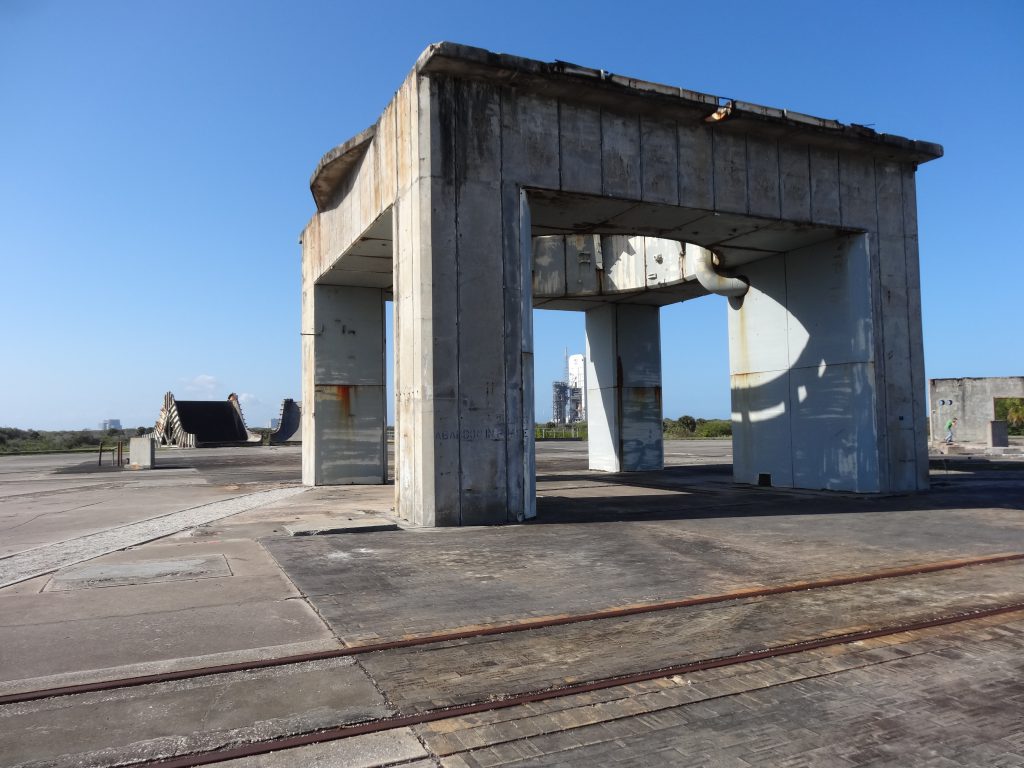
As you approach the launch mount, there is a dedicatory plaque affixed to the launch mount – see the image below:
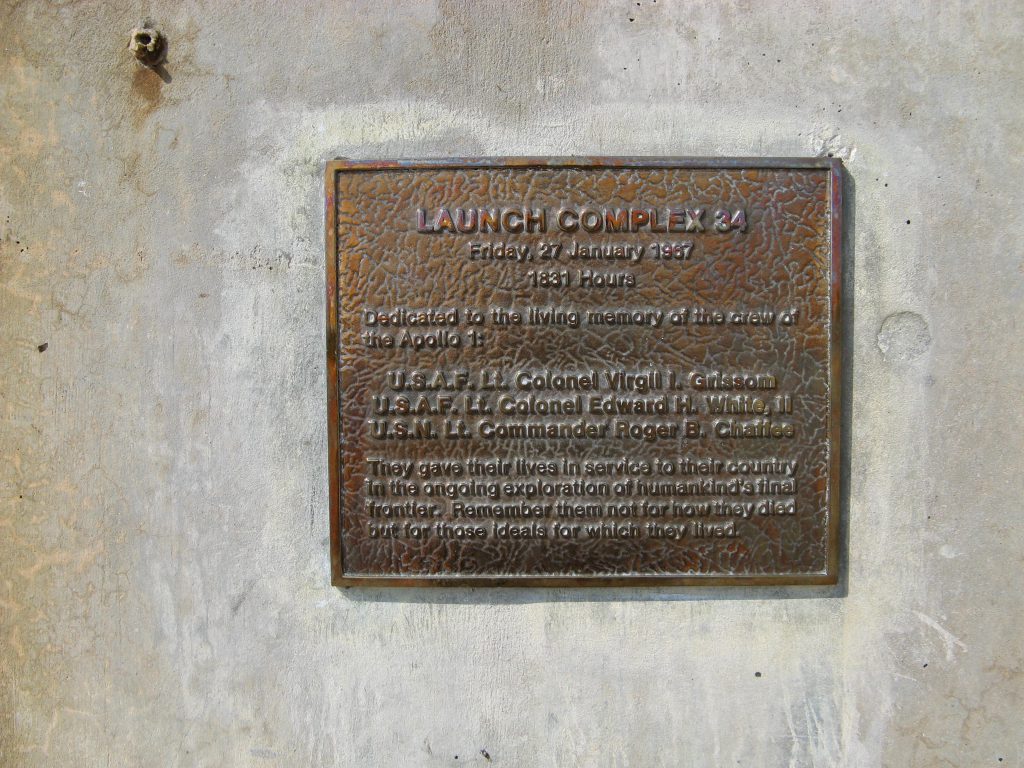
LAUNCH COMPLEX 34
Friday, 27 January 1967
1831 Hours
Dedicated to the living memory of the crew of the Apollo 1
U.S.A.F. Lt. Colonel Virgil I. Grissom
U.S.A.F. Lt. Colonel Edward H. White, II
U.S.N. Lt. Commander Roger B. Chaffee
They gave their lives in service to their country in the ongoing exploration of humankind’s final frontier. Remember them not for how they died but for those ideals for which they lived.
The Flame Deflectors and some other structures are also present up on the Launch Pad area along with benches dedicated to the crew of Apollo 1.

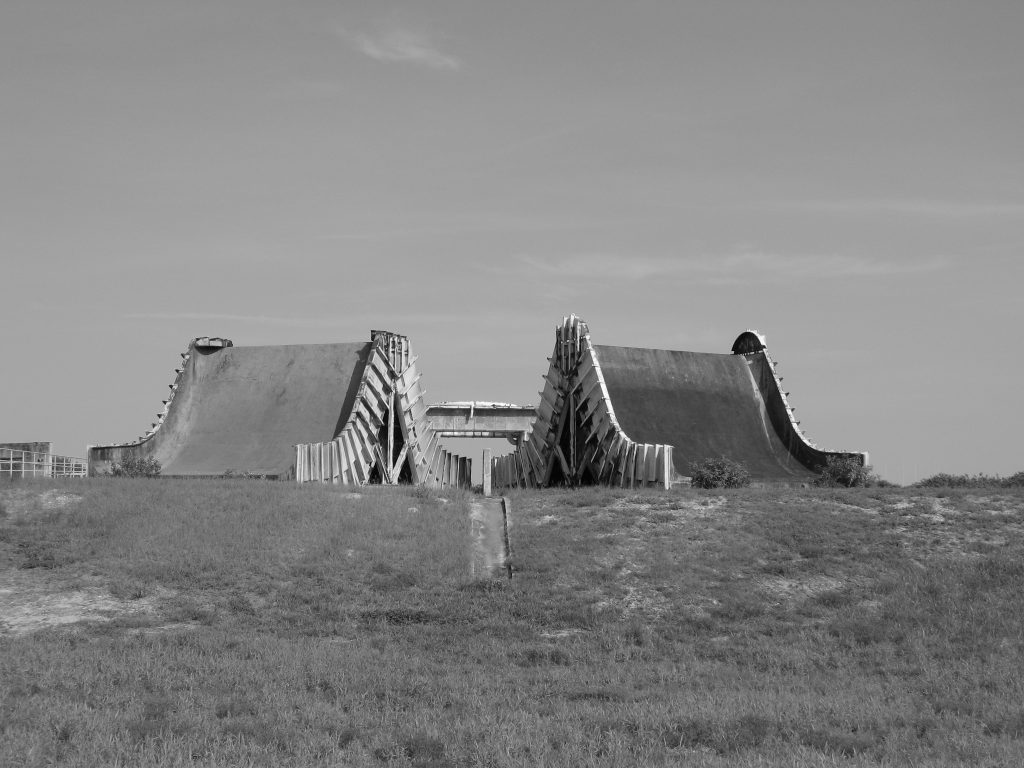
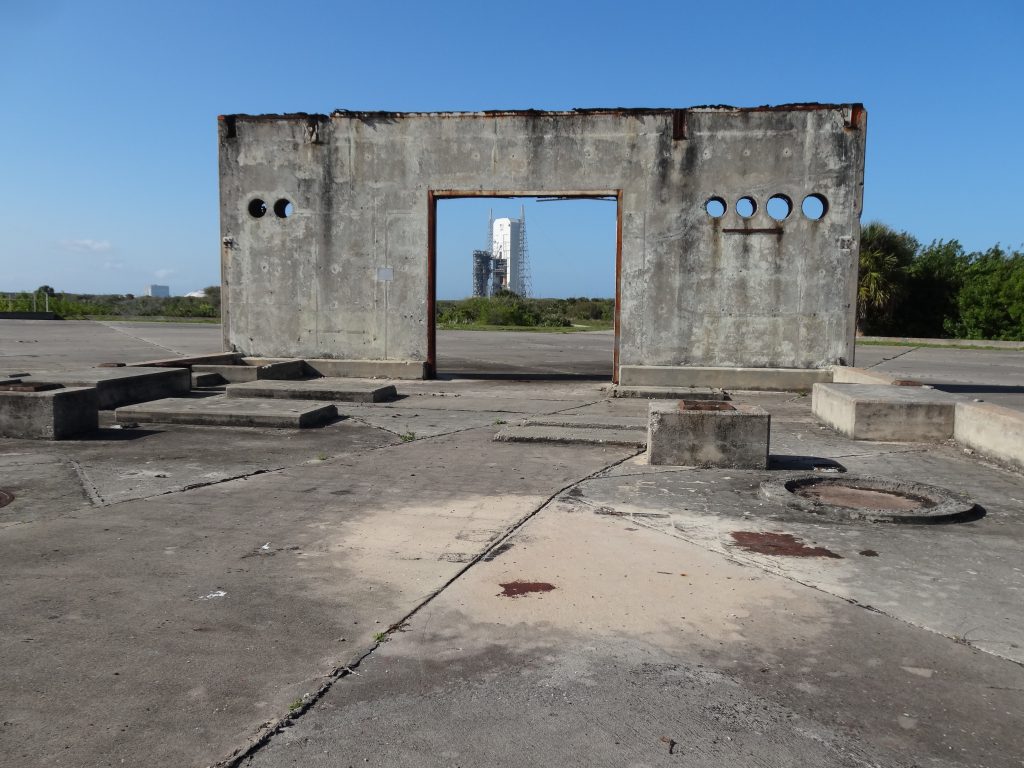

Pad Perimeter Photos of Launch Complex 34 (See the images below)
I captured some of these areas in Black and White.
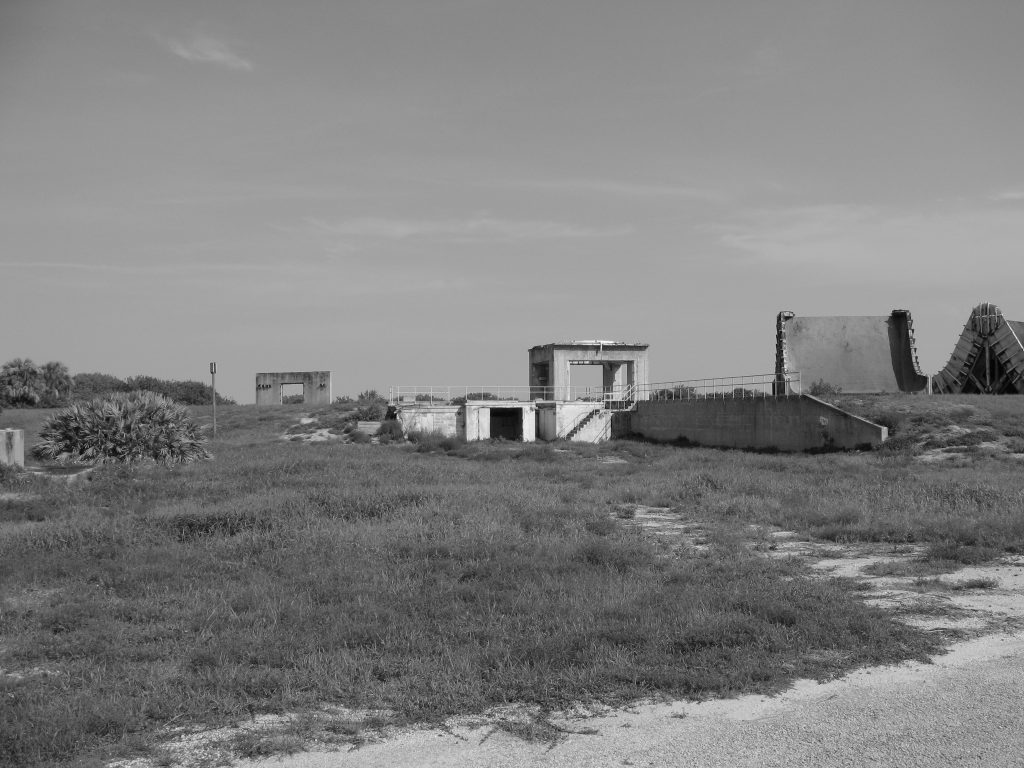
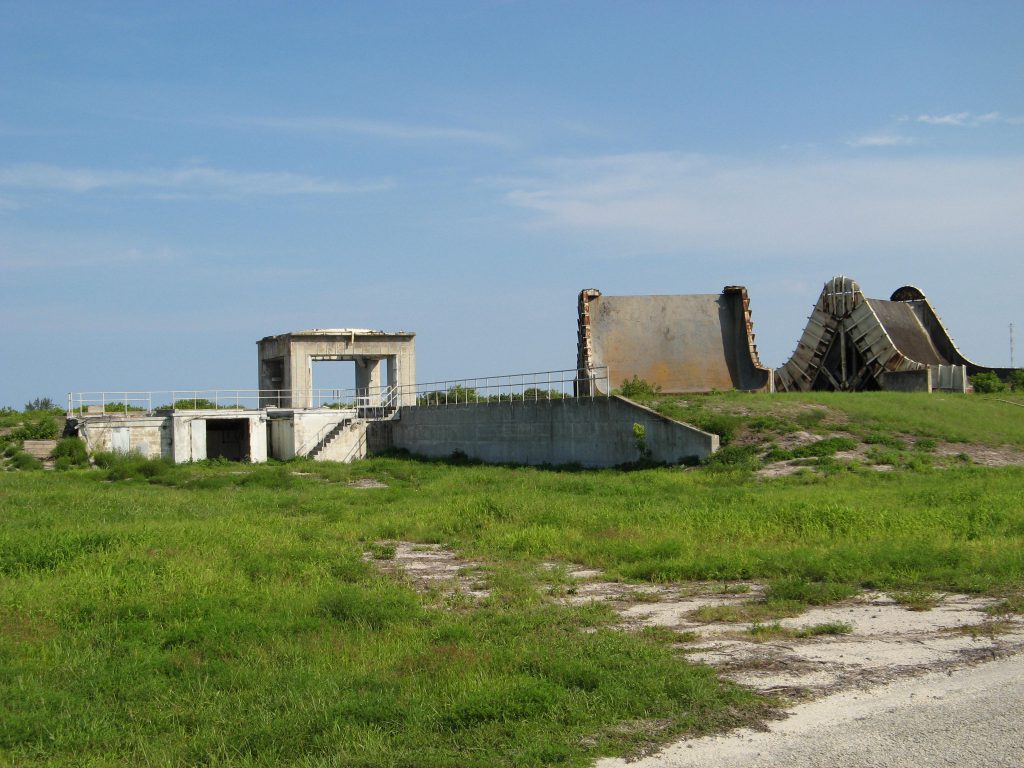
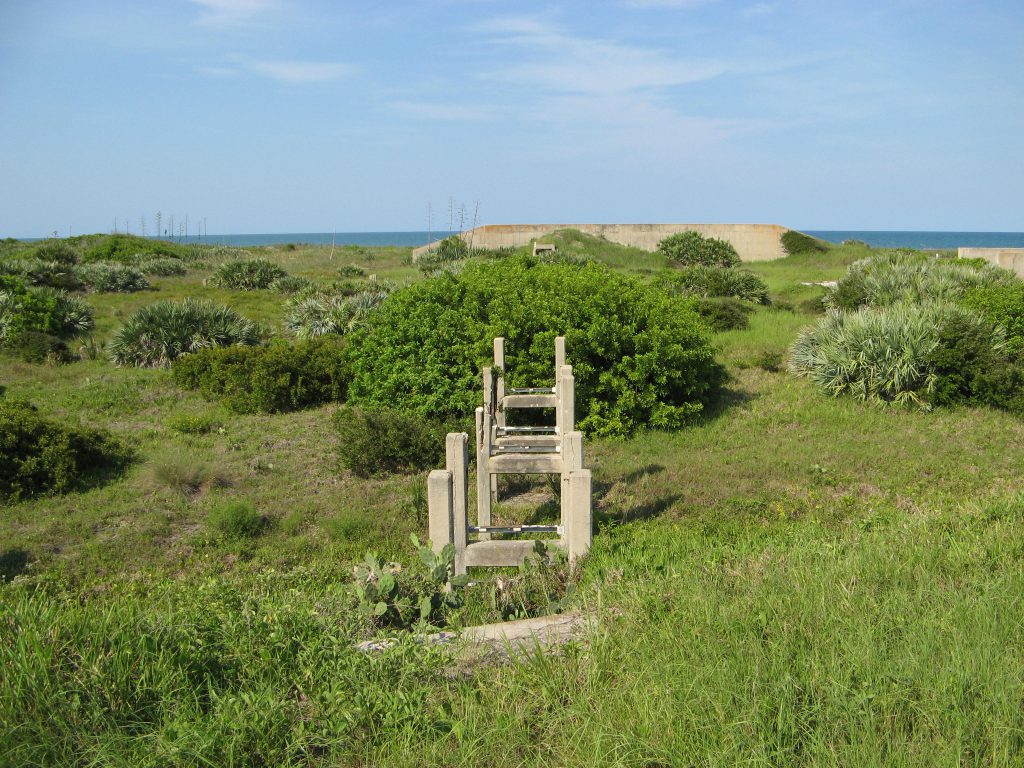
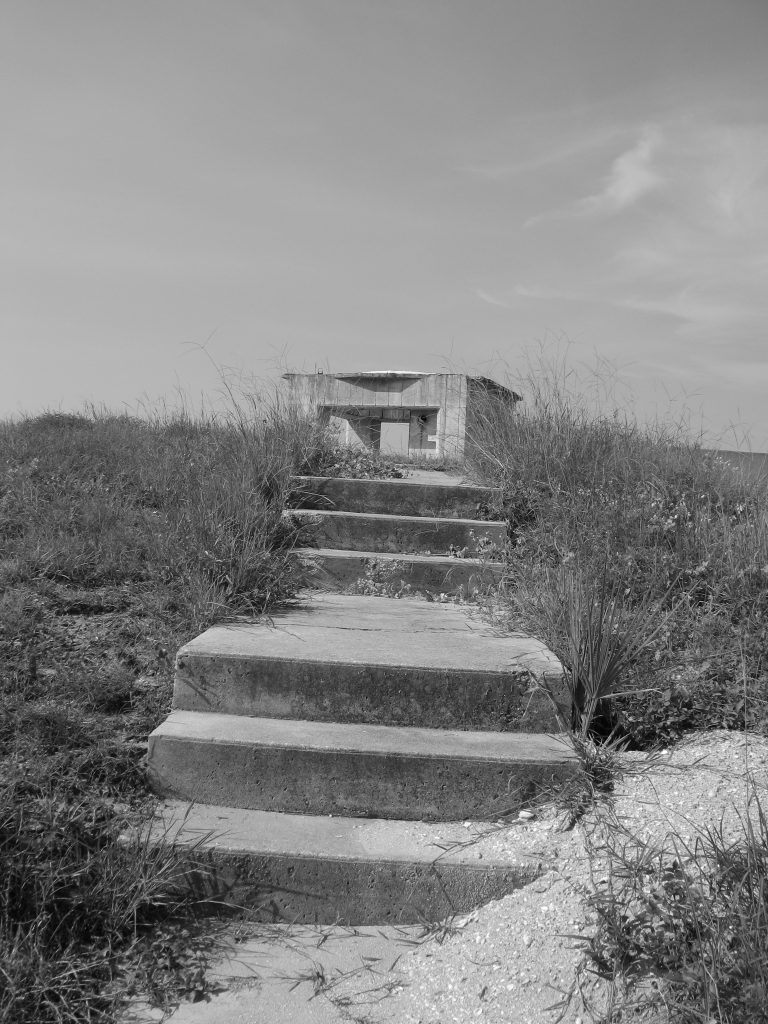
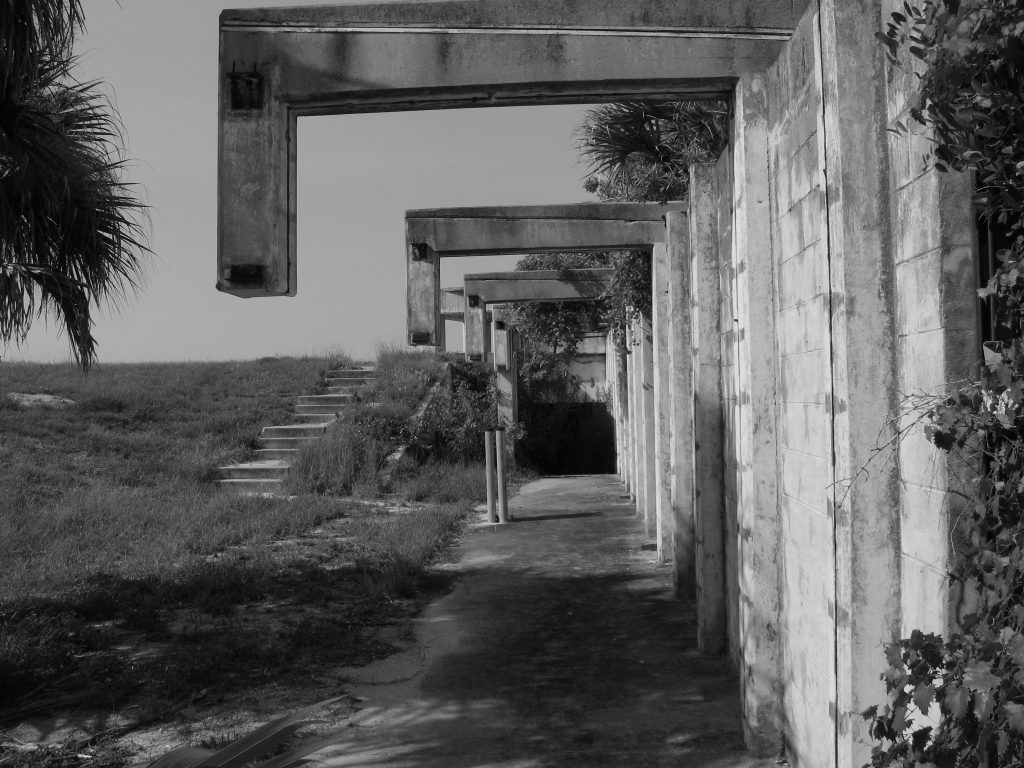
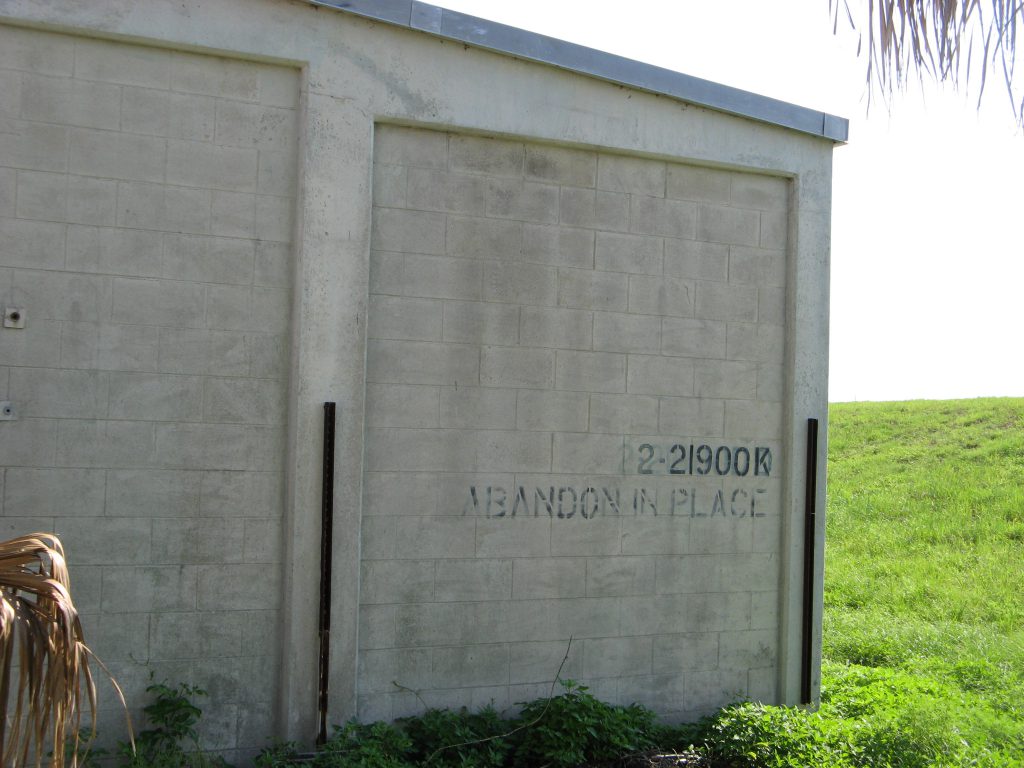
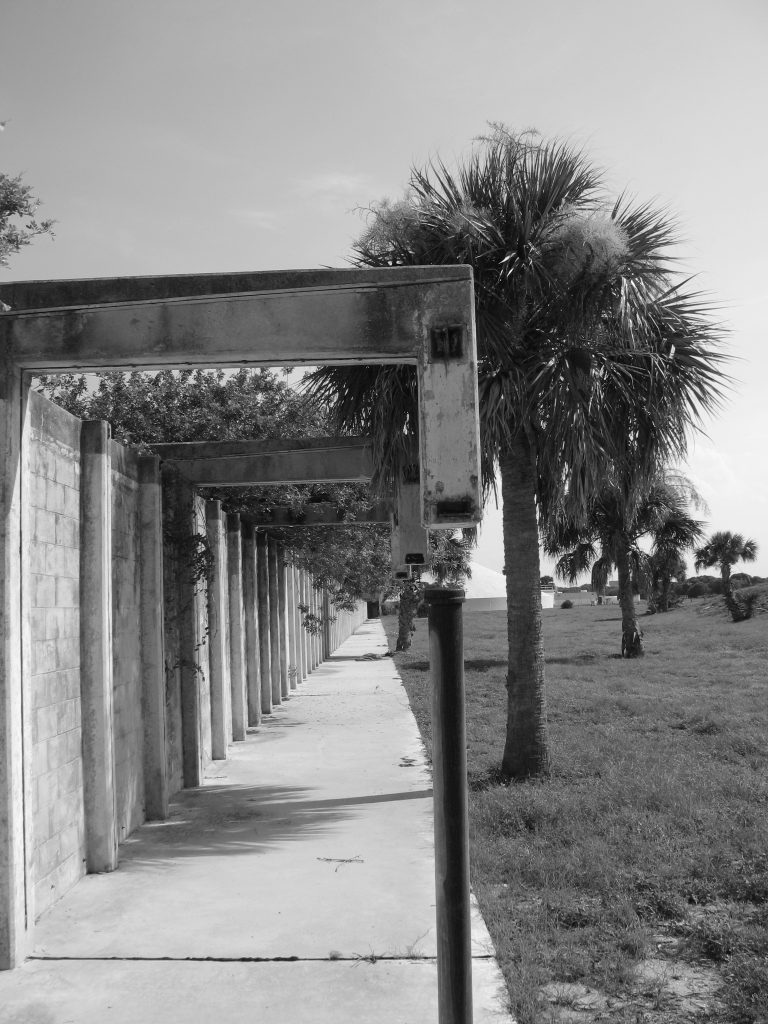
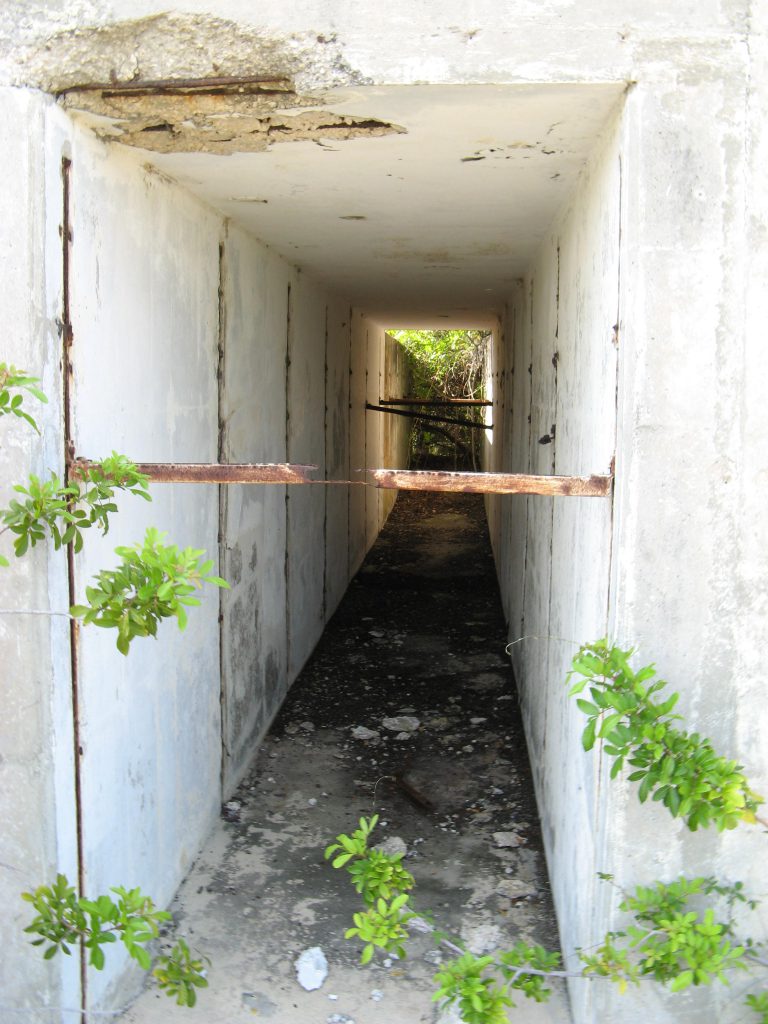
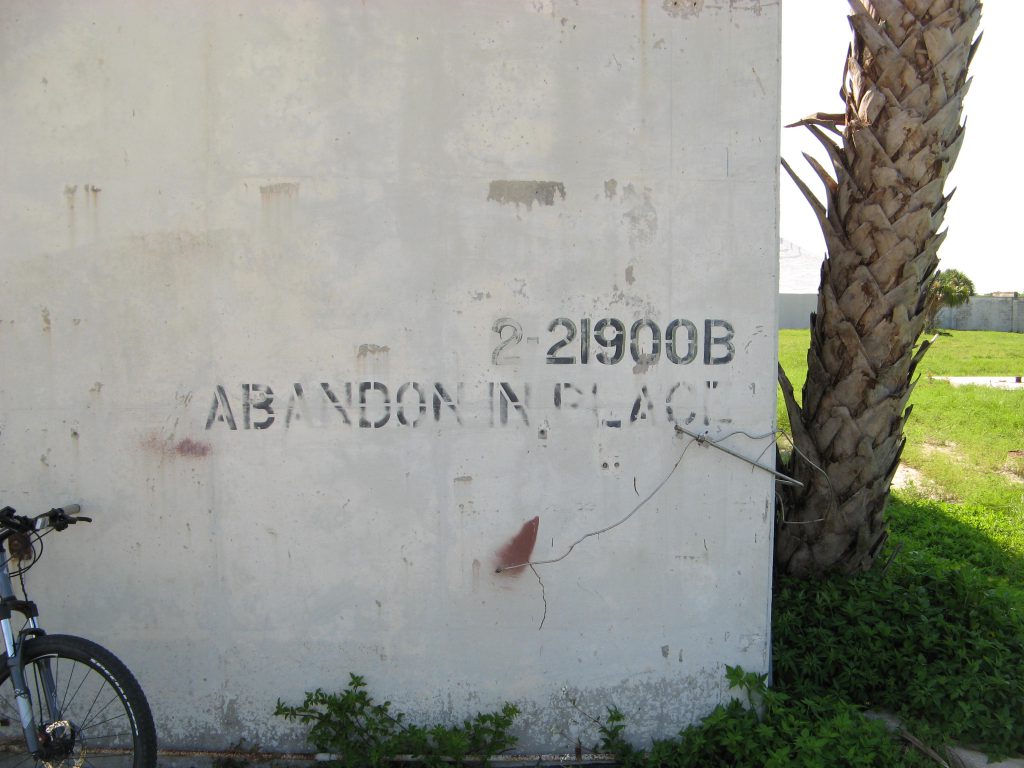
Stay tuned for more visits to Launch Complex 34 in future posts.
